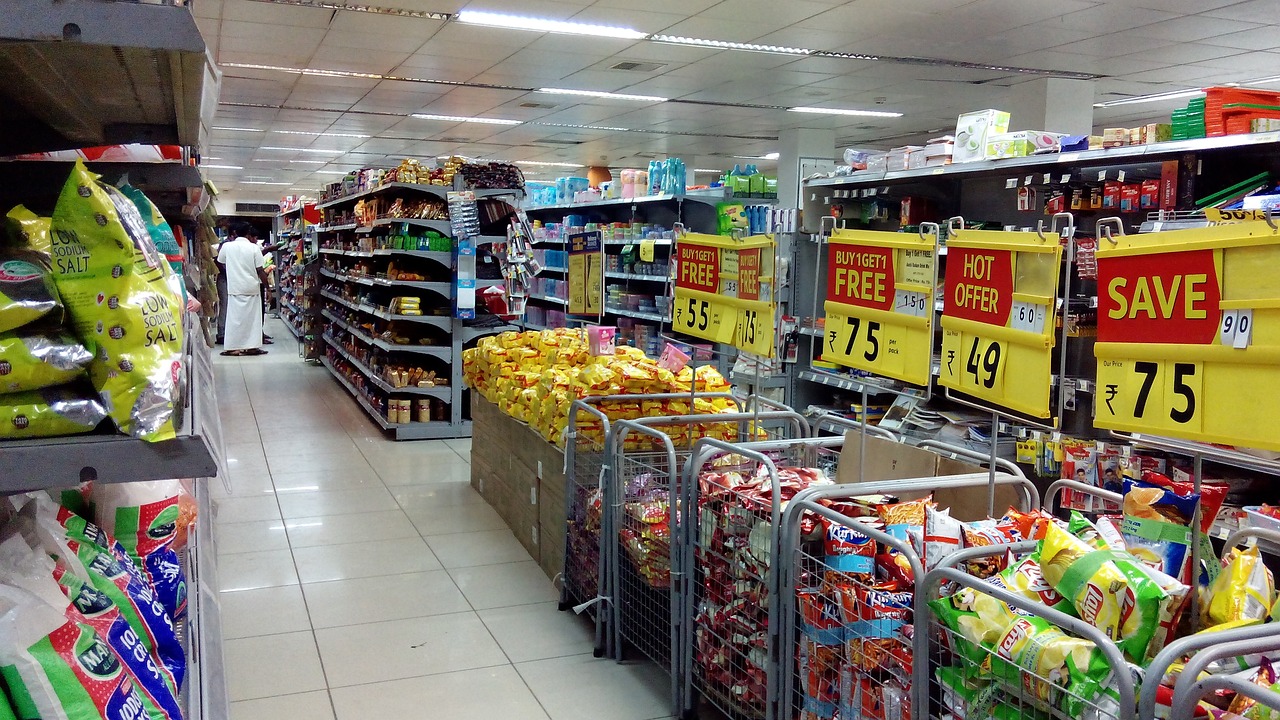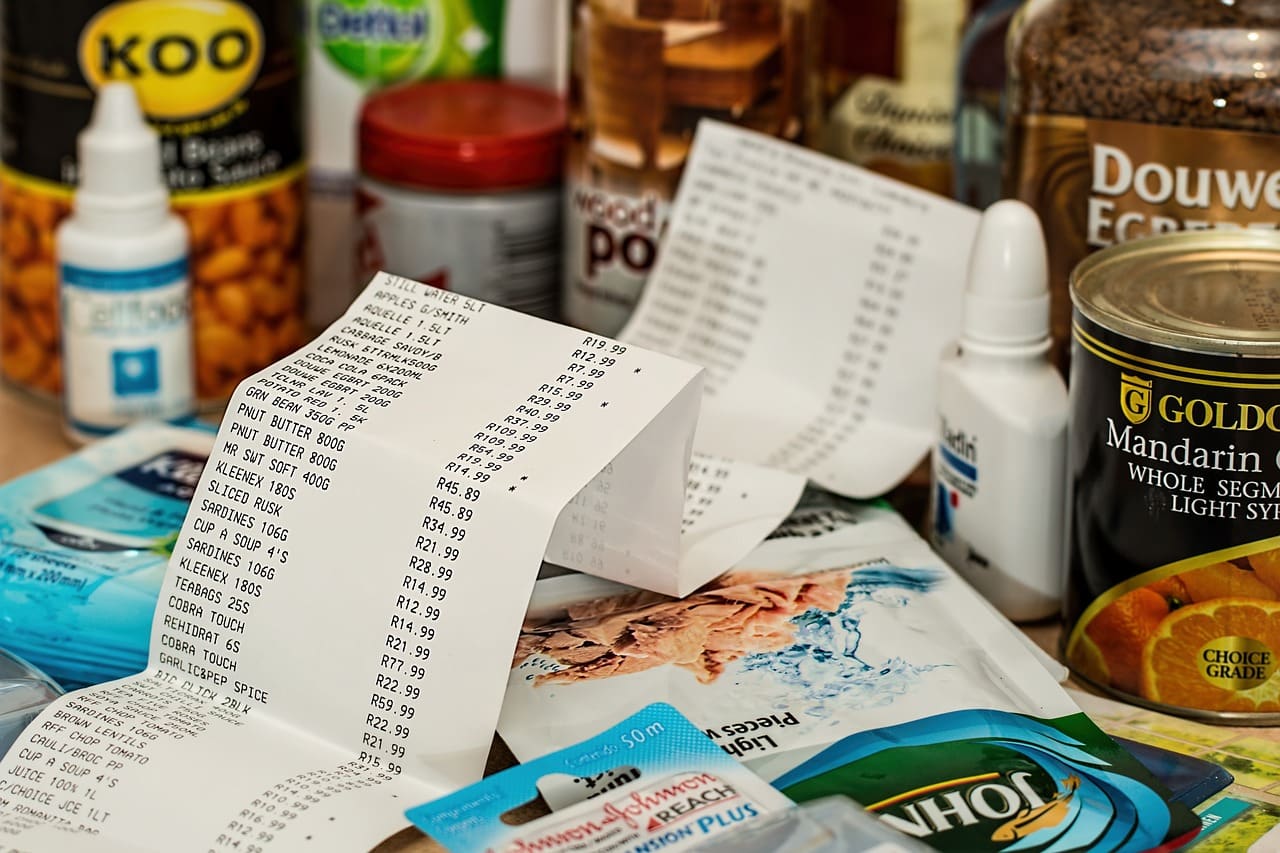
The sales price is the money that must be given to purchase a product.
The sales price is the money that the consumer must pay to buy a product . In everyday language, we simply talk about price ( "What is the price of those black pants?" , "This store is characterized by having the highest prices on the market" , "Excuse me, I would like to know the price of the new book on Ana María Matute” ).
From the Latin pretium , price is the monetary value assigned to something. Said monetary value is expressed, precisely, in money , and indicates the amount that the buyer or client must have to obtain a product or service.
The sale , on the other hand, consists of the transfer of ownership of an asset to another person after payment of the agreed price . When a product is for sale and an individual wishes to buy it, they have the obligation to provide a certain amount of money to complete the operation.
The selling price in a free market
In a free market, the selling price is set through the law of supply and demand : if supply increases, the price falls; On the other hand, if the supply decreases (that is, there is a shortage of the products offered), the price increases.
When there is a monopoly , the sales price is set unilaterally by the company that dominates the market ; There is no competition and the consumer, therefore, must pay the amount that the company requires to purchase any of its products.

In capitalism, the sales price is usually determined by the free play of supply and demand.
Classification according to type
According to its purpose or the criteria used when establishing it, it is possible to distinguish between the following types of sales price:
- Wholesale : This is paid by wholesalers when they make very large purchases .
- Retail : the amount paid by final consumers.
- Authorized : requires authorization from the corresponding administration to be increased.
- Gross : the value on which the relevant discounts remain to be made.
- Set : used to offer “packs” (also called “bundles”) of two or more items or services together.
- Cost : it is the representation of all the expenses that have taken place to develop the product or service and bring it to the market.
- In two parts : it is used in services and consists of dividing the price into two parts (a fixed fee , which represents the subscription, and another variable, according to the use or consumption of the service in question).
- Habitual : remains intact for a long period of time.
- List or market : it is the one that accompanies the products in a catalog.
- Net : is the amount that the consumer must pay to acquire a good (all relevant discounts have been applied).
- On sale : it is lower than the usual price and is used for a very specific purpose. It may well be part of a strategy to recover customers or to more effectively promote a product, a service or the company itself, appearing more accessible in the eyes of consumers.
- Of origin : for agricultural or marine products, indicate the price in their land of origin. For industrial type items, we usually talk about factory price.
- Optimal : the most suitable from any point of view, which benefits the company in all possible aspects and which attracts consumers in an infallible way.
- Bundled : Similar to bundled pricing, it establishes a monetary value for a bundle of products, which adds up to less than the individual selling prices combined. The difference is that these packages serve to sell the least in-demand items, uniting them with the most successful ones.
